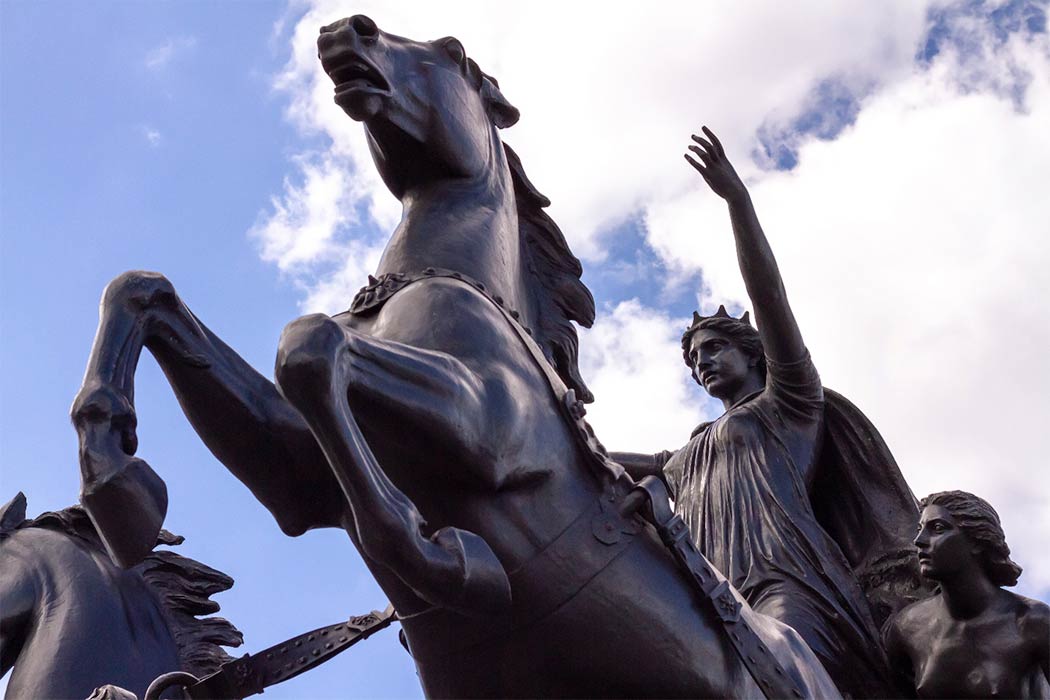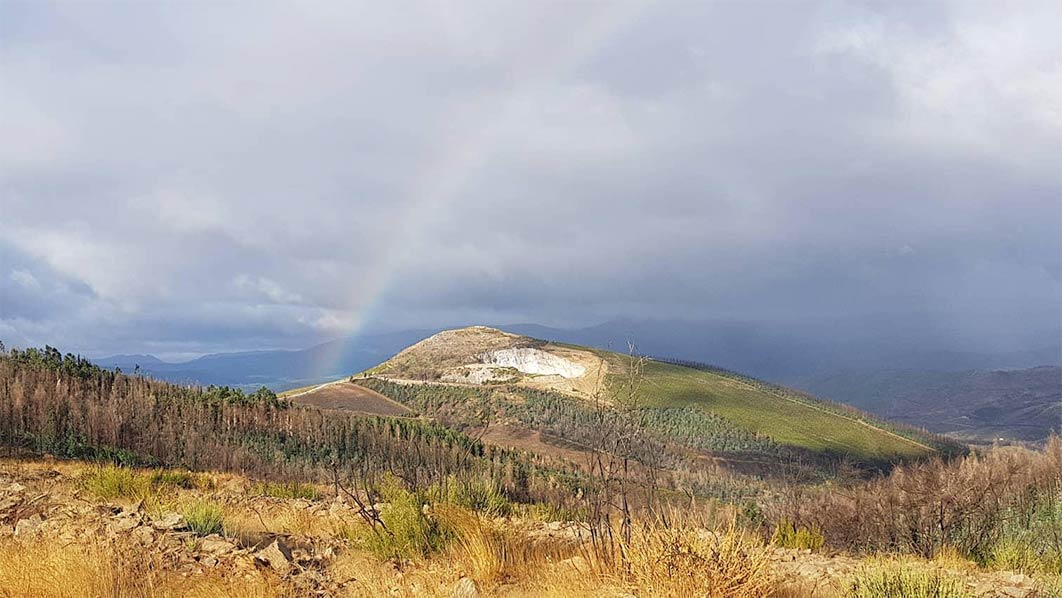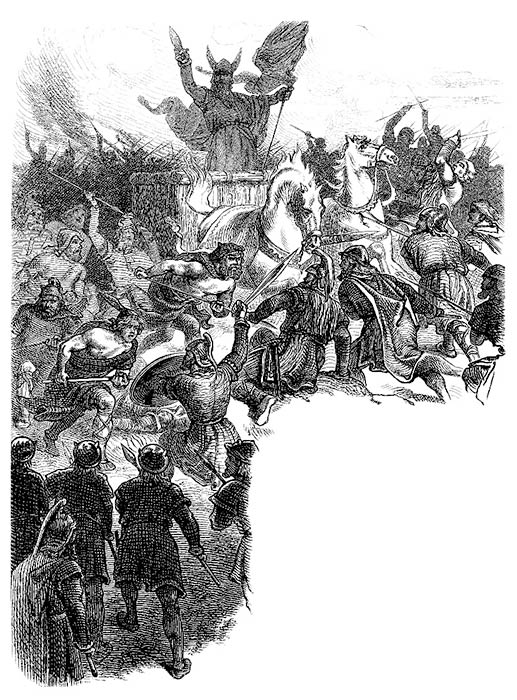
Boudica Iberian Warrior Queen Who Said No To Rome
At a time when the Western Atlantic region was not nations, but confederations of loose tribes or clans, there were no frontiers like there are today. The western Iberian tribes lived in hillforts, and they would join together and run rings round the Roman armies, waving the captured Roman standards from the hilltops. These were peoples who left only legends, songs, stones and wisdom. They lived in prettily-colored circular houses in a closely-knit society with no centralized government. From the origins of these Iberian warriors came one of the greatest warrior queens of antiquity – the woman who said ‘No’ to Rome, Boudica.

Argemela - place of ancient Celtic hillfort (Image: Courtesy of Michael Severin 2017)
Two Centuries Of Subjugating Iberia
The Romans took over 200 years to subdue Iberia after the Punic Wars. They only eventually subdued the western part of Iberia after dismantling the hillforts. Their continuation northwards to Germania and Gaul and then to Britain overstretched them, and Caesar was forced to abandon the mission. The space of time between his attempts to conquer Britain in 55 BC and the next serious attempt under Claudius was about 90 years. During this time, the Romans adopted a military system similar to that which Hannibal Barca had used 200 years before. They would use auxiliary units made up of the indigenous tribes whose lands they had conquered, and a great many of these came from Iberia. Some Iberian auxiliary regiments were the first to enter Britain. They were paid and offered Roman citizenship as a reward, to motivate the young mercenaries and thus maintain a consistent, loyal army.
Under Claudius, in 43 AD, an army of 40,000 entered Britain, half of which were auxiliary units, some Iberian, and they were making significant headway. Suetonius Paulinus led a mission to the island on Mona (Anglesey) to dismantle the druid stronghold. Their initial fear and superstition gave way to confidence as the soldiers called them a bunch of women and fanatics. Meanwhile, another surprise awaited them back in the mainland, a very serious problem. There had been an uprising, led by another woman. Her name was Boudica.

Druid & Warriors (Erica Guilane-Nachez/ Adobe Stock)
Client Kings Of The Iceni
Little is known of the Iceni tribe reigned over by Boudica. The Celts did not write, and only the Latin writers provide any clues of this period of history. There had been an uprising over the issue of arms confiscation, a Roman practice also used in Iberia. Boudica and her husband were made client king and queen over the Icini, similar to how Pontius Pilate was governor in Judah in the time of Christ, there to maintain order, prevent further uprisings and generally maintain the peace.
Prasutagus was Boudica’s husband , a composite word Prasu (from Praeso meaning governor, ruler) and Tagus (which was his name). This Tagus is the name of the main river which flows westwards through the central Meseta of Iberia and onwards into the Atlantic, and was home to some of the fiercest warrior tribes in the peninsula. Tagus (or in modern times Tiago) is a common name there even today. If Boudica and Tagus were client king and queen, they were not, therefore, king and queen in any hereditary sense, but were governors or rulers of the Iceni tribe. Not being of Iceni origin, where did Boudica and her husband Tagus come from?





